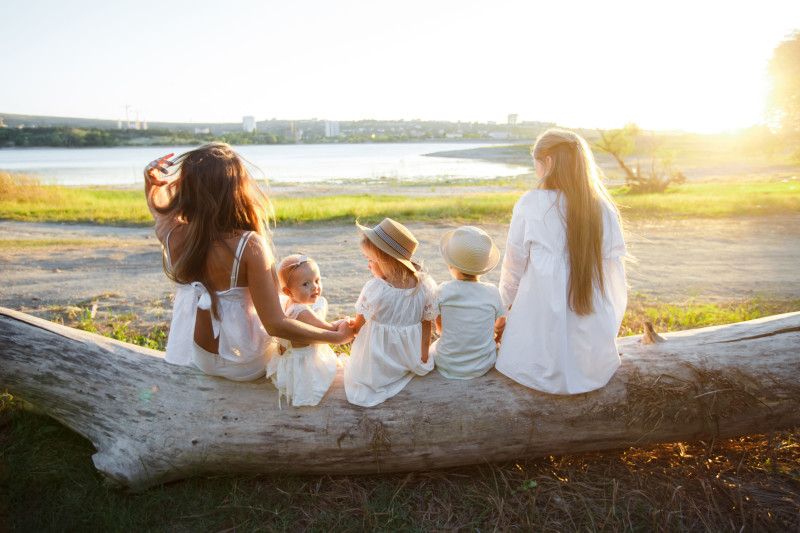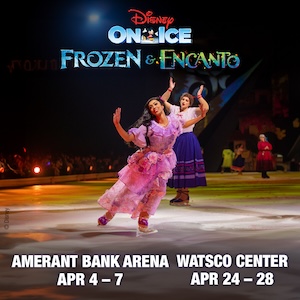“Our world is a melting pot of different configurations, beliefs, cultural norms, and personal practices.” Every child and family come to a child care community with different values and experiences. One of the most important gifts we can give our children is to help them feel good about the uniqueness of their family and help them learn to accept, respect, and include people whom they may experience as “different.”
Source: Bright Horizons

Answering Questions About Diverse Family Structures
When children become aware of diverse family structures, they might ask a question such as, “Can someone have two mommies?” Usually, when a young child asks such a question, he is looking for a “yes” or “no.” Children are not typically on a journey seeking a deeper level of understanding. Many of us tend to give more information than necessary, but young children don’t associate the adults in families with their sexual orientation. Preschool children are concrete thinkers and not ready for, nor do they want, a philosophical discussion. They do not yet have the cognitive ability, nor the life experience, to understand gay vs. straight relationships—nor are they interested. Young children are simply attempting to find their place in this big world and trying to make sense of the concept of family, whether traditional or non-traditional.
Children’s growing awareness of diverse family structures provides rich opportunities to help them celebrate family diversity and engage them in conversation about who is in THEIR family, who lives in THEIR house and more importantly, who takes care of them. People will associate “two mommies” with a myriad of possibilities: a blended family, a divorced couple, a lesbian couple, mother and grandmother, surrogate or foster mothers, etc. Typically, people interpret within their own frame of reference.

Children tend to thrive when they come to understand there are varying family structures and that all families are wonderful, so long as the people in them love and care about each other. This repeated message helps children feel secure, even if their family configuration changes through death, separation, or other life events.
So when children ask, “Can a family have two mommies?” one suggested response is: “Yes, some families may have two mommies, one mommy, no mommy, or even lots of mommies. And some families may have two daddies, one daddy, no daddy, or even lots of daddies. Some families also include grandparents, foster parents, aunts, and uncles. Any combination works. It’s love that makes a family—just like in our family.”
For more than 30 years, Bright Horizons® early education centers and preschools have been helping children around the world develop confidence and a passion for learning. Bright Horizons is committed to the field of early education and to practices that guide each child’s social, physical, emotional, and cognitive development. For more family resources and fun home activities, visit brighthorizons.com







